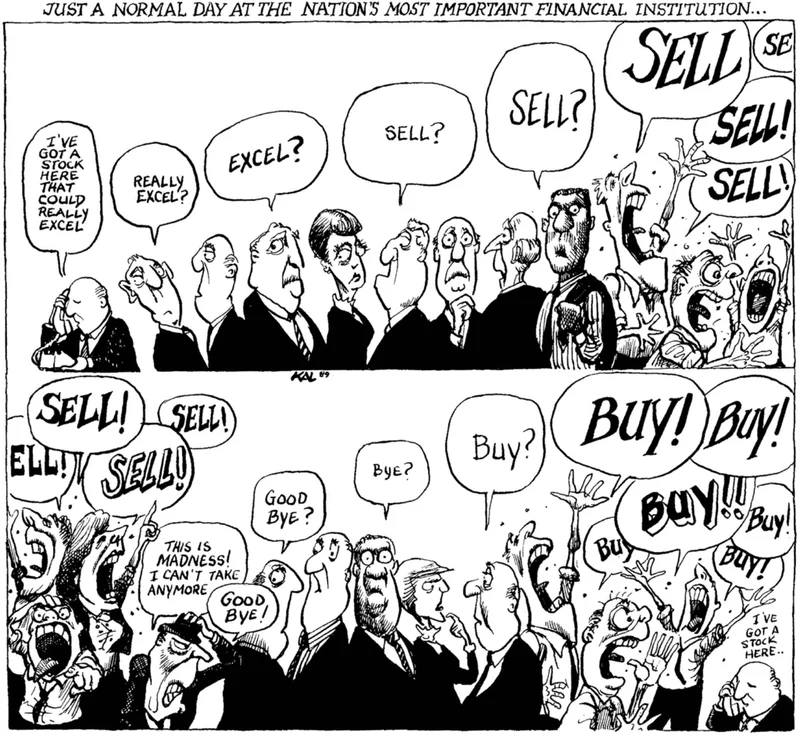After 1929 , US witnessed lot of slump in the economic activity, resulting in many bankruptcies and layoffs. According to classical economy , market plays God. What it means is, whenever there is a fall in demand , price will fall and because of price fall, demand needs to pickup. So every product that's getting created , will be sold at some price. For example, say suddenly people buy only Android phones. Apple needs to cuts its prices down. At some price, people needs to start buying iPhones again . Similarly if someone is unemployed in a recession , he is part of labour supply. If he cuts his salary expectation he will become employed at some point of time and start producing goods/services. During the depression, people waited for prices to find a bottom and economic activity to pick up. Unemployment peaked at 25% and didn't come down significantly until spending on second war started. Spending decision of persons/Govt, will have multiplier impact in overall economic
